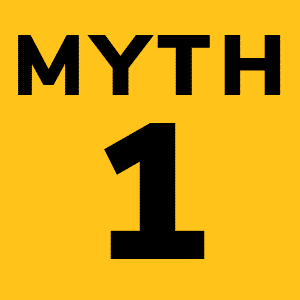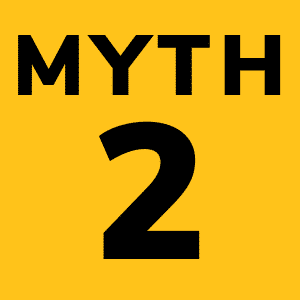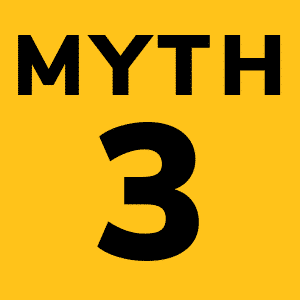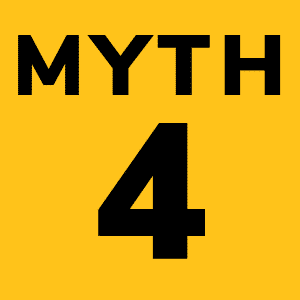You have an amazing idea and you decide that you want to bring it to market… Should your first step be to patent it? Should you get 3-D drawings created? How do you protect your idea in its infant stages?
These are all WONDERFUL questions to have. The truth is, there is no “perfect” way to approach protecting your idea.
Questions like “How do I patent my idea?” and “When is the best time to get it?” are actually preceded by a much more important question of “Should I get a patent?”
4 Common Myths About Patents
 You Can Profit off a Patent
You Can Profit off a Patent
TRUTH: Patents alone will not produce any monetary value
Unless you put in the blood, sweat, and tears to make that product a reality, the patent alone holds no value. The odds of someone offering you millions for your patent are slim to none. That’s a myth perpetuated by TV shows and commercials. It just doesn’t happen like that. Only through working hard can you achieve success with an idea.
 You Should Get a Patent As Soon As Possible
You Should Get a Patent As Soon As Possible
TRUTH: Getting a patent too early could tie your hands
When your product is still an idea and you get a patent for it, you are tying your hands and closing your ears to what your customers truly want. As a result, you lock yourself into creating the product how you detailed and can’t pivot as customers give you feedback.
“Patents can tie your hands and close your eyes to what your customers truly want.”
We recommend you go through the stages of product development – market research, customer surveys/questionnaires, and other investigations before you think about getting a patent. This will help you figure out what your customers want. And even then, you may need to wait until you have engineered and manufactured of a prototype according to your initial idea before you truly know how that patent should be documented.
In other words, acquiring a patent at just the right time is of crucial importance. Getting it after potential kinks have been ironed out in the first prototype is the best time to get it.
| If you are starting to hyperventilate about having your idea “unprotected” through all these stages, we understand. It’s scary to trust people with your idea and rightfully, you should be VERY protective over it.
Non-disclosure agreements should be used when employing third-party organizations. Read our non-disclosure here: |
 Patents Prevent Others From Copying You
Patents Prevent Others From Copying You
TRUTH: Patents actually reveal how you make your product
The nature of a patent is to show how the inner workings of an invention or idea are unique. In reality, competitors can easily search your product, copy how it is outlined in your paperwork, change one or two features, and your patent will not be helpful. If they can innovate your idea a little more, they can file the paperwork to IMPROVE your product.
 Acquiring a Patent is Your Top Priority
Acquiring a Patent is Your Top Priority
TRUTH: Understanding your customer’s needs comes first
Your top priority as an inventor, idea creator and entrepreneur is to understand your customer’s needs and create a product that fills a gap in their life perfectly. The customer needs to perceive you as a solution to their problem.
Take a look at these examples:
- Starbucks
They sell coffee and tea – two drinks that are enjoyed the world over. Yet their popularity and success are undeniable. You don’t drink coffee, you drink the brand, Starbucks. What they sell is the customer experience. - Apple
There are other brands in the market offering the same functionality and service, at half the price. Yet, the popularity of Apple proves that the price is not a deterrent to customer purchase. What they sell is style and their relationship with their customers.
Don’t get us wrong. Patents still protect your creation from competitors, but only when your idea is incredibly unique and is filed at the perfect time.
Get Help From A Partner
In business, as in life, there are no shortcuts. However, you can align with a partner that can reduce the potential mistakes that you will make along your product launching journey.
To find out more about how our team at IdeaPros can help.
